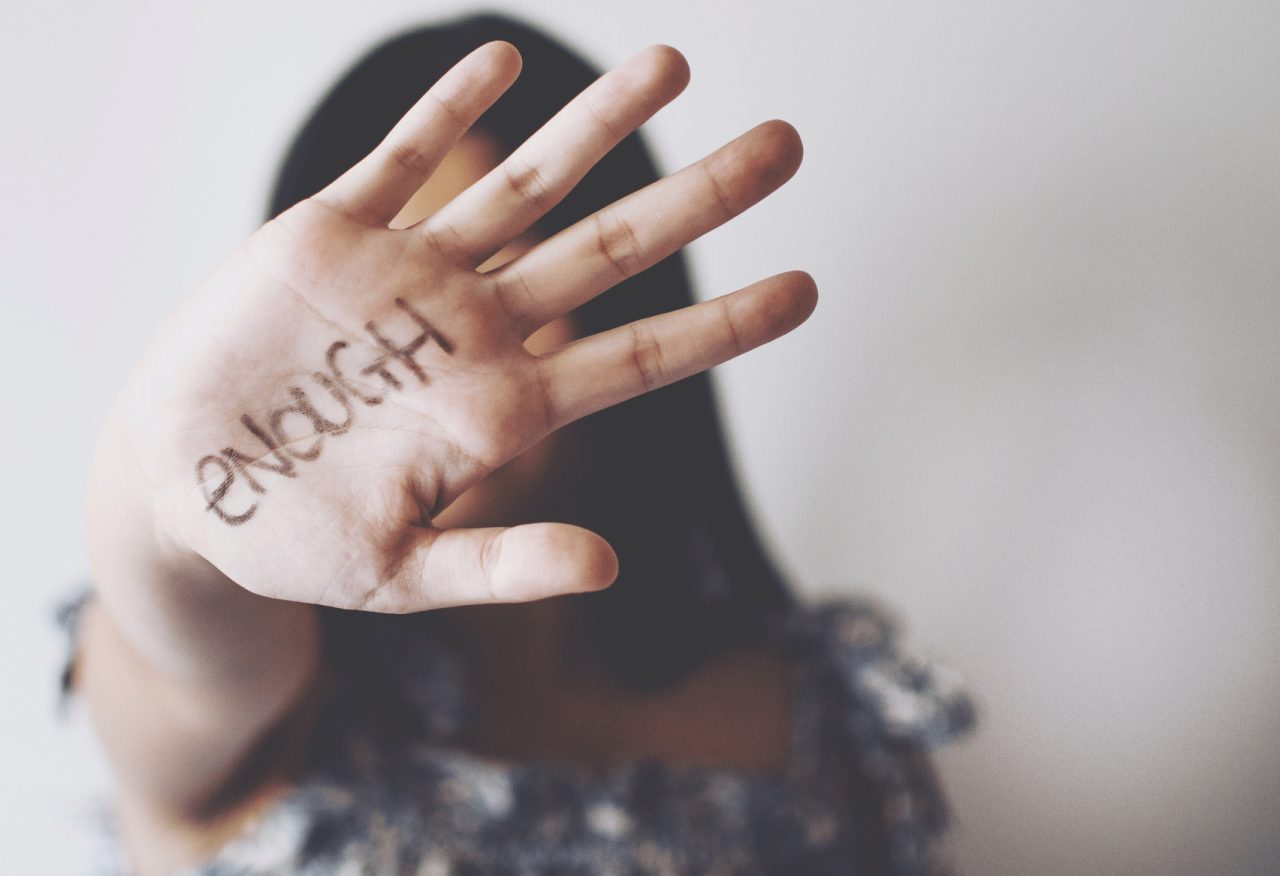COVID-19 Lockdowns Increased Substance Abuse and Domestic Violence

Research suggests the Coronavirus pandemic triggered abuse of drugs, alcohol, and loved ones. Here’s what you should know.
There’s an old saying, “The opposite of addiction is connection.” Feeling disconnected can push people to drugs, alcohol, or anger. During the COVID-19 (coronavirus) pandemic, you might have felt lost because you weren’t going to work, couldn’t see people you care about in person, didn’t have money, or were ill or anxious about sick people you know. If your business or industry was in serious trouble, you worried about your future as well.
YOU MIGHT ALSO LIKE: COVID-19 Is Hitting Rural America Hard
Drinking
In many areas, bars and restaurants shut down, sometimes more than once, except for take-out to prevent spreading the coronavirus. Alcohol stores were generally considered an essential business and were allowed to stay open — for good reason. If you’re addicted to alcohol, you could die detoxing at home.
Sales of alcohol jumped in mid-March 2020, but that increase didn’t overcome the drop in drinking in bars.
The pandemic did, however, seem to have sparked an uptick in drinking. One study of 1,540 U.S. adults in the Journal of the American Medical Association (JAMA) found that the number of days people drank increased by 14 percent in that June, compared to a year earlier. Three out of four adults drank one day more in a month, on average.
An occasional martini may seem harmless. But be aware that alcohol weakens your immune system and could increase your risk of catching COVID-19. And a little drinking can creep upwards. About one in 10 women showed signs of an increase in alcohol-related problems, in the JAMA study.
Other substance abuse
Like alcohol, opioids and cigarettes and other addictive drugs can make you more vulnerable to the coronavirus. Analyzing electronic health records for 73 million U.S. patients, a National Institute of Health-funded study found that the 10.3 percent of people who had a substance use disorder represented 15.6 percent of COVID-19 cases. Among people with a substance abuse issue, you were most likely to develop COVID-19 if you had an opioid disorder; next most likely were smokers.
Substance abusers also got sicker, often because their addiction damaged their heart or lungs. About 9.6 percent died, compared to 6.6 percent of people who didn’t have a substance problem.
It makes sense that the stress of the pandemic and lockdowns would increase substance abuse, but it is also likely that some people had less access to their drugs or fewer opportunities to use it privately.
In an undated survey of 1,000 American adults by Recovery Village, a multi-site rehab provider, 55 percent said they’d been drinking more during the pandemic, and 36 percent reported an increase in illicit drug use. About a third said they were hoping to relieve anxiety or depression.
Domestic violence
You might think that violent partners are rare, but, sadly, not as rare as they should be. About one in four women and one in 10 men in the United States have experienced sexual or physical violence or stalking by a partner, according to a 2015 Centers for Disease Control and Prevention report. More than 5 percent of them had experienced the problem during the previous year.
Being trapped at home is dangerous if your partner is violent. Partners are more likely to lash out when they’re worried about infection, money, or their future. Be wary of controlling behavior.
The United Nations reported increases in domestic violence reports in Argentina, Cyprus, and Singapore after lockdowns.
Within the United States, police in Portland, Oregon; San Antonio, Texas; Jefferson County, Alabama; and New York City reported increases in domestic violence in the first weeks after shutdowns. In New York City, calls went up 10 percent in March 2020, compared to March 2019.
Updated:
April 13, 2023
Reviewed By:
Janet O’Dell, RN